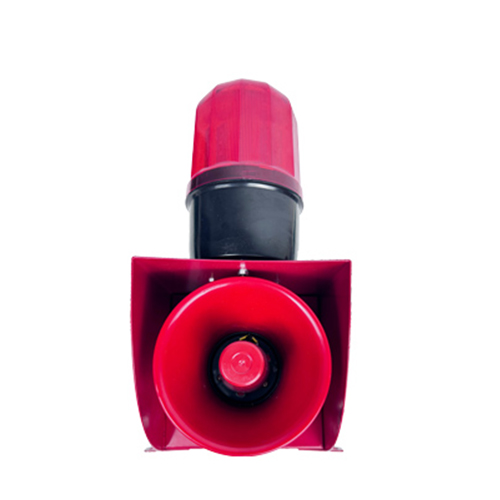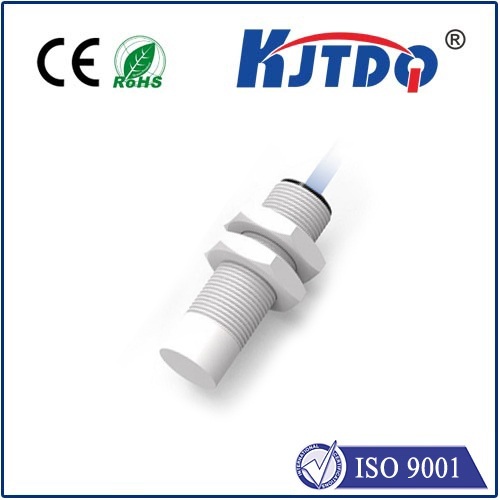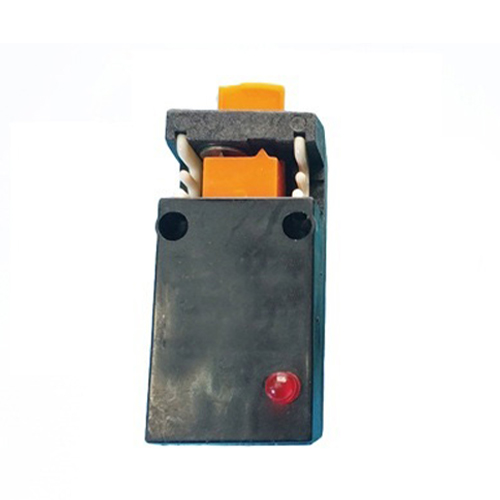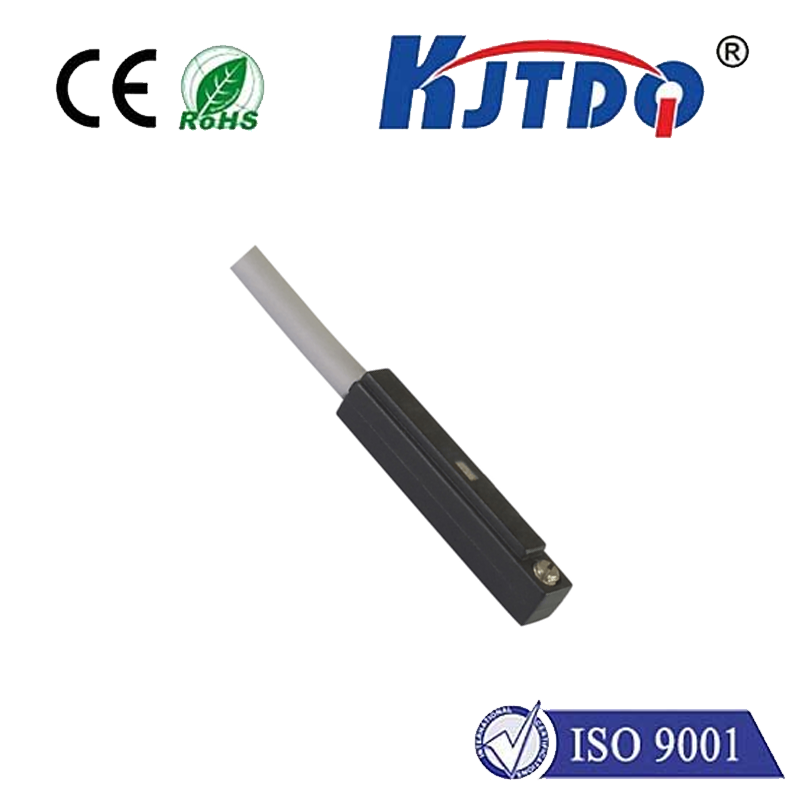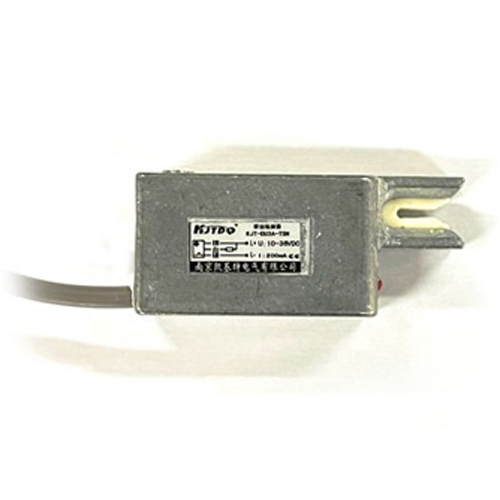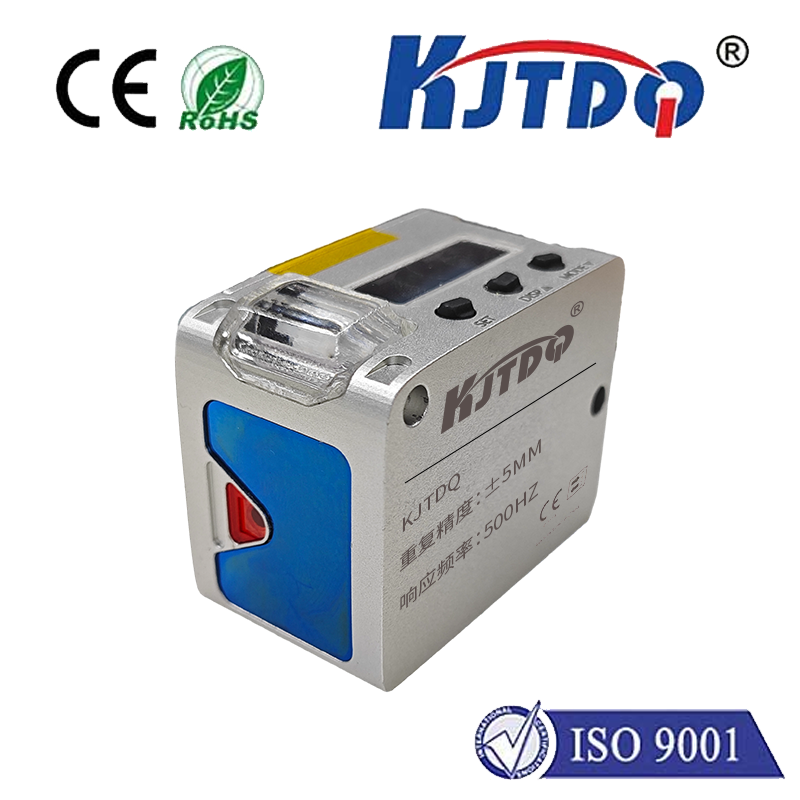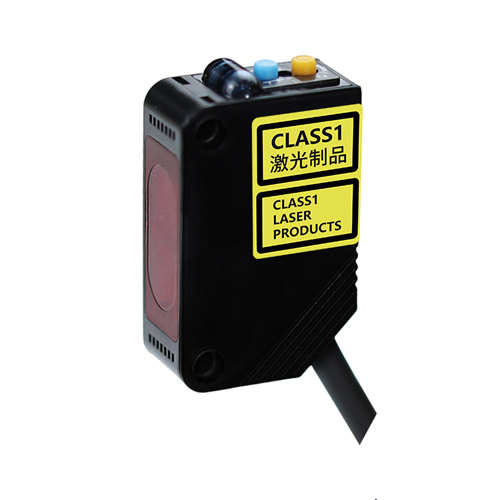opto switch sensor
- time:2025-08-16 00:34:34
- Click:0
The Invisible Guardians: How Opto Switch Sensors Power Modern Automation
Introduction: The Quiet Revolution of Light-Based Detection
In the intricate dance of modern automation, where precision and reliability are non-negotiable, a silent workhorse often plays a pivotal role: the opto switch sensor. Imagine a bustling factory floor – robotic arms assembling components, conveyor belts whirring, packages zipping by. Amidst this controlled chaos, how do these systems know when an object is present, when a part is aligned, or when a bottle cap is missing? More often than not, the answer lies in a beam of light, meticulously controlled and detected. This is the realm of optoelectronic sensors, specifically opto switches, the light gatekeepers enabling countless automated processes we rely on daily.
Understanding the Core: What is an Opto Switch Sensor?
An opto switch sensor, fundamentally, is a type of non-contact proximity sensor. Its core function is object detection using light. It operates on a simple yet powerful principle: it uses an infrared beam (most commonly) generated by an emitter (like an LED) and measures the amount of light received by a photodetector (like a phototransistor or photodiode). The presence, absence, or change in this received light signal triggers the sensor’s output state.
This technology forms the backbone of photoelectric sensing. What sets opto switches apart is their compact, integrated design. Typically housed in a single unit, they combine the light source and detector into one package, distinct from sensors where emitter and receiver might be physically separate. This integration simplifies installation and enhances reliability.

The Heart of Operation: Transmissive vs. Reflective
The magic of opto switch detection unfolds primarily in two configurations:
- Transmissive (Through-Beam) Opto Switches: This is the most straightforward and robust method. The emitter and receiver are housed in separate units facing each other. The light beam travels directly from the emitter to the receiver. When an object passes between them, it interrupts the beam, causing the receiver signal to drop and triggering the switch output. Think of it like a light gate. This method offers excellent detection range and high immunity to environmental variables like object color, texture, or reflectivity. Position sensing on assembly lines or paper detection in printers are classic applications.
- Reflective (Retro-Reflective) Opto Switches: Here, both emitter and receiver are housed in the same unit. The light beam is projected towards a specially designed reflector. The reflector bounces the beam directly back to the receiver. When an object interrupts the path to the reflector, the beam is blocked, and the receiver no longer sees the reflected light, triggering the switch. This configuration requires only one wiring point on the sensing side, simplifying installation over longer distances compared to running cables for two separate transmissive units. Box counting on conveyors or detecting the position of doors often use this type.
Why Opto Switches Reign Supreme: Key Advantages
Opto switch sensors have become ubiquitous for compelling reasons, offering distinct operational advantages over mechanical switches and some other sensing technologies:
- Non-Contact Operation: This is arguably the most significant benefit. There is no physical wear from repeated triggering because the sensor never touches the target object. This translates to vastly increased longevity, lower maintenance costs, and suitability for detecting fragile items.
- High Speed and Precision: Light travels fast! Opto switches can detect objects at incredibly high speeds and with sub-millisecond response times, making them ideal for high-throughput production lines or applications requiring precise timing.
- Versatility: Effective across a wide range of target materials – plastic, metal, glass, cardboard, liquids (depending on clarity) – as long as the object interrupts or reflects the beam appropriately. This material independence is crucial for diverse industrial settings.
- Compact Size & Easy Installation: Their integrated nature (especially reflective types needing only one mounted unit) makes them space-efficient and relatively simple to install and align compared to sensor pairs requiring precise opposite mounting.
- Environmentally Robust: High-quality opto switches are sealed against dust and moisture (common IP ratings like IP67/IP69K), allowing reliable operation in challenging industrial environments where oil, coolant, or washdowns are present. They avoid the contamination issues mechanical switches can face.
- Consistency: They provide repeatable, reliable detection unaffected by surface lubrication, mechanical vibrations (within limits), or minor variations in object positioning, unlike some mechanical limit switches.
Where They Shine: Ubiquitous Applications of Opto Switch Sensors
The industrial applications for opto switch sensors are vast and varied. Anywhere reliable, non-contact detection is needed, they are likely a strong candidate:
- Manufacturing & Assembly Lines: Counting products, detecting part presence/missing parts, verifying component orientation, triggering robotic operations, end-of-line packaging verification, monitoring conveyor belt jams.
- Printing & Paper Handling: Detecting paper jams, confirming paper presence in trays, sensing sheet feed, checking label peel-off.
- Packaging Machinery: Detecting bottle/cap presence (or absence), film edge detection, carton flap verification, counting items into boxes.
- Automotive Industry: Verifying door/hatch closure, detecting seatbelt buckle engagement, robotic welding path presence checks, position sensing on assembly robots.
- Vending Machines & ATMs: Verifying bill insertion, detecting product dispensing, sensing coin presence.
- Consumer Electronics: Detecting disk tray position in players/consoles, paper level detection in printers/faxes, door open/closed detection in appliances. Level sensing in transparent containers can sometimes be achieved with clever positioning.
- Security Systems: Part of break-beam perimeter detection systems.
Choosing the Right Opto Switch: Key Considerations
Selecting the optimal opto switch sensor requires careful consideration of the specific application’s demands:
- Sensing Principle: Is transmissive (longer range, more robust) or reflective (easier single-point mounting) more suitable? Can the target reliably block the beam?
- Detection Range: What distance does the beam need to bridge? Transmissive types generally offer longer ranges.
- Target Size: How small is the object? This influences the required beam width and sensor precision.
- Operating Environment: Consider extremes of temperature, potential exposure to dust, water, oil, chemicals? Look for appropriate IP ratings and material compatibility.
- Speed Requirements: How fast are objects moving past the sensor? Ensure the sensor’s response time is sufficient.
- Output Type: Does the control system require a simple on/off (PNP/NPN transistor), voltage output, or something else?
- Electrical Requirements: Voltage supply (e.g., 12-24V DC standard), current consumption.
- Mounting & Housing: How will it be physically installed? Is a specific form factor needed?
| Opto Switch Selection Criteria |
| Parameter |
Key Questions |
Impact |
| Sensing Principle |
Can object pass between emitter and receiver? Can a reflector be installed? |
Dictates physical setup and feasibility |
| Detection Range |
What gap must the sensor bridge? |
Determines required sensor power/type |
| Target Size |
How small is the object? |
Influences required beam precision |
| Environment |
Exposure to dust, water, chemicals? |
Determines needed IP rating |
| Speed |
How fast do objects move? |
Requires matching sensor response time |
| Output |
What signal does your controller need? |
Compatibility with existing systems |
| Power |
What DC voltage is available? |
Standard is typically 12-24V DC |
Embracing the Light: The Essential Role of Opto Switches
From the simplest vending machine to the most complex robotic assembly cell, opto switch sensors are the unseen enablers of efficiency, safety, and precision. Their ability to deliver contactless object detection with remarkable speed, reliability, and longevity has cemented their position as fundamental












